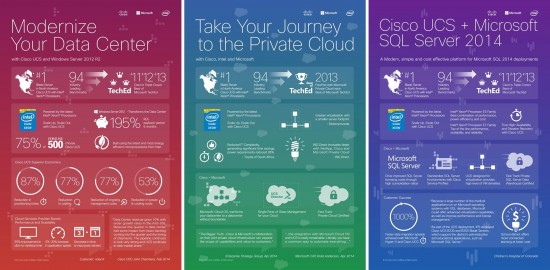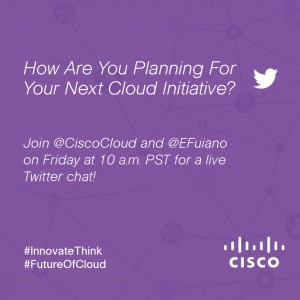On August 1, 1981, the world was introduced to Music Television as the first MTV music video, “Video Killed the Radio Star,” by The Buggles debuted. Today, music videos have grown from a pioneering use of video content to help convey the message of a song, to an automatic accompaniment to newly released music. Oftentimes, the song is now the background to the greater story told via video. The combined use of “music” and “video” to convey the artist message is a consumer expectation enhancing their customer experience.
So what does this have to do with insurance?
Today, many customers are increasingly turning to the internet and mobile devices to shop for insurance and interact with insurance providers. Direct writers and technology savvy providers like Progressive, Geico and Esurance are experiencing rapid customer growth. This growth has been supported by offering customers cutting-edge mobile technology services, while traditional insurance companies, supported by agents, are now challenged to keep up or risk losing market share. In fact, Geico recently surpassed Allstate for the number two position in auto insurance market share; outpaced only by long time industry leader State Farm.
There is hope for the insurance agency distribution model, however. The use of agents to purchase and handle insurance transactions is not likely going away. There are still many products and services that consumers prefer to interact with an agent for. The expectation of that interaction, however, is quickly changing. Today’s consumers live in an anytime, anywhere, any device world. This trend has become a main contributor for how we receive our news and information. It’s also how we make many retail purchases, access our entertainment and increasingly, how we choose to interact with insurance and financial services providers. Retail banks and wealth management firms have already begun offering real-time, virtual interactions with their customers via live “agents” or “advisors”. While we’ve been predicting the movement of this trend toward the insurance industry, Esurance’s recent release of the “Video Claims Appraisal” has provided a wake-up call and “shot across the bow” for insurers.
You don’t have to own a proprietary Amazon Kindle to get “Mayday”-like assistance at the touch of a button on your tablet. Today, technical capabilities that allow customers to escalate conversations and engage in real-time are being deployed throughout the market place. Insurance consumers will also have the ability to click to “connect now” from a company website or mobile application for on the spot virtual interaction with an insurance agent or representative. Consumers that need help with a quote, require assistance after an accident or loss, or who would like help with insurance or retirement planning can click to “connect now” anytime, anywhere, from any device they choose.
According to Cisco’s Visual Networking Index, video interaction is projected to overtake video content in volume by 2018. We use video today to stay in touch with loved ones, friends, colleagues and business partners. Now, we can use video to interact with our insurance agent when, where and how we need them. Savvy agents and carriers will recognize this trend and follow it, in order to help further differentiate the services they provide to their customers. Those who do not acknowledge the video trend in insurance and begin utilizing it will be bogged down in their old ways of having to travel to the insurance agency when help is needed, work their way through a call center, make their way online, or worse, send an e-mail or written correspondence.
Today’s consumers can and will choose to interact with their insurance agents and providers via video. However, those companies that are providing multiple, convenient avenues for customers to interact with their agents will likely lead the industry. Cisco is changing the way we live, work, play, and now with video, the way you interact with your insurance agent! Learn more about Cisco’s solutions for insurance here.
Share:

 This post was written by guest blogger Barbara Chu, Managing Director of Cisco Hong Kong and Macau
This post was written by guest blogger Barbara Chu, Managing Director of Cisco Hong Kong and Macau

CONNECT WITH US